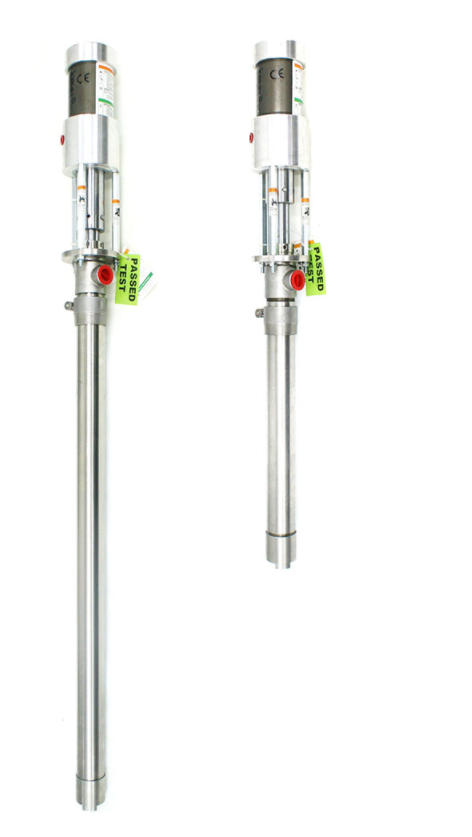Pneumatic systems use compressed gas or air to move fluid or any other media and during industrial applications are generally powered by pressurized inert gases or compressed air. A midway located compressor is utilized to power cylinders, motors, and other pneumatic devices, usually including pumps. These systems are generally controlled through either a hand-operated or automatic solenoid valve. Graco pneumatic piston pump usually provides a more flexible, cost-effective, and safer alternative to electric or gas-powered motors.
Types of Pneumatic Pumps
Pneumatic pumps are generally positive displacement pumps that are double-acting with zero return spring and can use many compressed gases or fluids as drivers. There are many varied types of pneumatic pumps, but some of the most broadly known are:
-
Pneumatic Diaphragm Pumps (either piston or plunger types)
They either use a plunger or piston mechanism to mobilize media through a cylindrical chamber. This mechanism is usually powered by either pneumatic, electric, hydraulic, or steam drive. If you use the piston mechanism, it is termed a Pneumatic piston pump.
-
Pneumatic Liquid Pumps
These types of pumps are generally used to move liquid.
-
Pneumatic Refrigerant Pumps
These are widely used to move refrigerant, usually two-stage pumps.
-
Pneumatic Test Pumps
These pumps are designed and configured to test the efficiency of a specific pneumatic system.
Classification of Piston pumps and plunger pumps
Piston pumps and plunger pumps can be classified on the basis of many parameters. Specifically based on design, these are mainly of two types:
-
Axial Piston pumps
As the name suggests, the axial piston pumps generally contain a number of pistons associated with a cylindrical block which is in motion in the same direction as the centerline (axis) of the block. Obviously greater pressure and flow control circuitry can be usually included, permitting reliable operation and easy design of the attached hydraulic system.
-
Radial piston pumps
Radial piston pumps consist of pistons arranged such as wheel spokes encircling a cylindrical block. A drive shaft moves this cylindrical block in a circular motion which pushes the pistons. As a result, it causes compression and expansion. These pumps have a relatively decreased noise level, can carry higher loads at the minimum speed and greater efficiency.
Advantages of Pneumatic Diaphragm Pumps
- Manages varied types of fluids with a greater concentration of solids
- Self-priming
- Capability to run in a dry state
- Explosion-proof
- Pumping efficiency generally remains constant
- Changeable flow rate and discharge pressure
- Does not overheat
- Absence of mechanical seals, couplings, or motors
Applications of Pneumatic Pump
In addition to its usage in a large number of other industries like pulp and paper, fertilizer dosing, water treatment, and food processing, pneumatics pumps are specifically designed for expanding oil and gas production applications.
Conclusion
One of the most common advantages are as pneumatic pumps use compressed air to operate, they can have a decreased total cost of ownership comparatively with traditional pumps. Other advantages usually include decrement in chemical waste, decrement in lost production, greater program effectiveness, decreased repair time, decreased energy consumption, and many other related decrements in operating expenses.
When we consider pneumatic diaphragm pumps, they can easily handle many varied types of fluids, even those that usually contain some solid material. The construction of these pumps avert piston corrosion and decreases the risk of seal problems.
